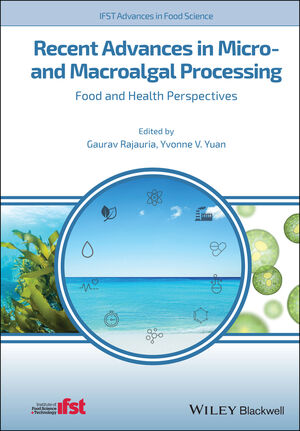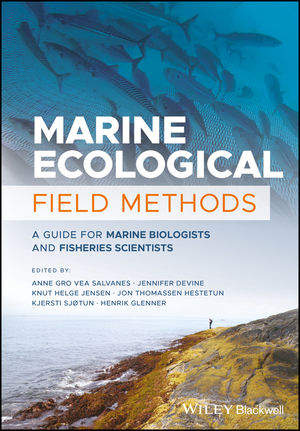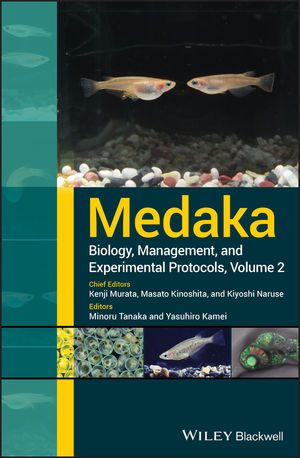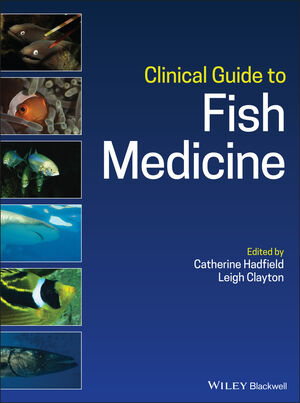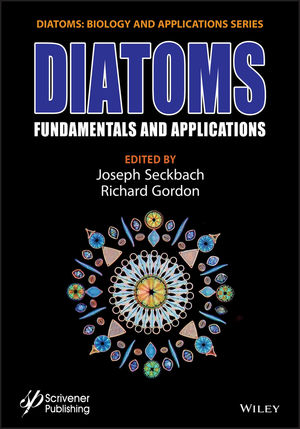
Features
Products
Disease Management
Fish Health
Viewpoint: Photo-ready biosecurity
TunaTech’s research investigates new photo sensor technology to aid in rapid pathogen detection
September 10, 2024 By Dr. Christopher Bridges, TunaTech GmbH
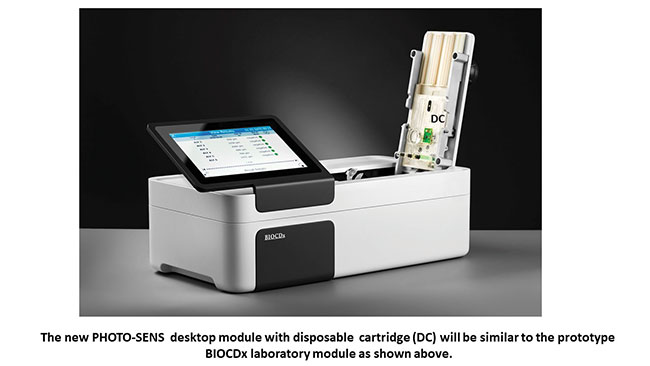 The new PHOTO-SENS desktop module with a disposable cartridge will be similar to the prototype BIOCDx laboratory module as shown.
The new PHOTO-SENS desktop module with a disposable cartridge will be similar to the prototype BIOCDx laboratory module as shown. Despite impressive industrial growth, Atlantic salmon aquaculture faces significant challenges of disease control by pathogens, which can affect its sustainability.
In small/large production facilities, stressful conditions such as high stocking densities, heavy use of formulated feeds, unchecked antibiotic, and other pharmaceutical use, can cause tremendous environmental and economic impact. To ensure food security, production must be associated with appropriate disease management to assure maximum sustainability, consumer protection, animal welfare, and profitability.
Within the hatchery systems, non-infectious diseases may weaken the immune system of individual fish, and infectious diseases can rapidly spread throughout the facilities by the pathogens released from an infected fish by mucus, feces, or urine.
Most of these pathogens are waterborne infections and are either contagious viral diseases like infectious pancreatic necrosis (IPN), pancreas disease (PD), infectious salmon anemia (ISA), cardiomyopathy syndrome (CMS); or bacterial origin infections like Furunculosis (by Aeromonas salmonicida), Bacterial Kidney Disease (by Renibacterium salmoninarum) or Vibriosis (by Vibrio anguillarum and Vibrio salmonicida).
Detection of a pathogen at an early stage is critical for: a) treatment, or b) isolation and removal of diseased fish. Failing to detect a pathogen early may result in the complete loss of production with extreme financial consequences for the hatchery. At the same time, many of these pathogens are notifiable diseases for the veterinary authorities and therefore require rapid action to contain or isolate any outbreak.
Due to the current regime change from flowthrough systems hatcheries to recirculating aquaculture systems (RAS), the need for a rapid monitoring system has become more urgent.
Collaboration
The European Union Horizon 2020 funded a Fast Track to Innovation (FTI) research and innovation project called PHOTO-SENS. This initiative has enabled a pathogen detection solution based on a photonic integrated chip (PIC) technology originally designed and used for telecommunication and satellite applications.
This technology has been adapted to engineer a highly scalable, robust, label-free, and inexpensive biosensor for the aquaculture industry. It relies on novel biochemical recognition approaches for maximizing the specific binding of pathogen biomarkers on an asymmetric Mach-Zehnder Interferometry (aMZI) based photonic chip array, with smart multiplexing capability and size miniaturization.
The consortium of Dutch, Swiss and German companies providing specialized surface chemistry expertise (Surfix, Netherlands), microfluidics infrastructure (CSEM, Switzerland), large-scale semiconductor integration technology (PHIX, Netherlands), system integration (LRE, Germany), and aquaculture biomarker discovery (TunaTech, Germany) has been able to deliver a miniaturized photonics-based biosensor, that is amenable to species-specific biomarker detection and cost-efficient large-scale production.
This has resulted in a miniaturized, ultra-sensitive and reliable point-of-care device with a disposable microfluidic cartridge, for analysis of eDNA samples taken from flowthrough, recirculating aquaculture systems or floating cages as found within a hatchery or aquaculture facility.
The presence of pathogens in an aquaculture tank or in cage water can be detected and measured via environmental DNA (eDNA) analysis, which is an effective and non-invasive method of determining the presence of pathogenic bacteria, viruses, and fungi in salmon aquaculture facilities.
This hatchery user-friendly process involves sampling, tank or cage water (≤1L) using a vacuum/peristaltic pump through a treated cellulose nitrate filter. The used filter is then folded and placed into an accompanying vial filled with molecular-grade ethanol or special buffer solution for the preservation of the captured DNA. eDNA sample processing and measurement can be done either in-house or by a certified laboratory and includes a simple DNA extraction protocol, injecting the extract into the microfluidic cartridge and inserting this into a stand-alone instrument.
How it works
The PHOTO-SENS approach involves novel material selective surface modification of the sensor with bioreceptors which can recognise and capture pathogen-specific DNA which results in a phase shift in the optical signal output. The DNA binding signal is then compared with a control channel without these bioreceptors.
The photonic biochip is equipped with six dual biosensor spiral elements (baseline control and test), such that multiple pathogen biomarkers can be detected at the same time. The chip is then incorporated into a disposable microfluidic cartridge with an injection port, which contains reagent blisters and is inserted into the desktop stand-alone actuation system.
Already specific assay probes have been designed for Vagococcus salmoninarum (Birkenbach, 2022) which is a causative agent of Vagococcosis, and the bacterial pathogen, Yersinia ruckeri (Kanwal, 2022), the causative agent of enteric redmouth disease. Aeromonas salmonicida has also been successfully assayed.
The benchtop readout system that provides actuation of the light source and fluid mechanics etc. is based on the demonstrator module developed in the previous EU-BIOCDx project, which used the same photonic technology but is aimed at the medical diagnostics industry. Chips and car-tridges have been produced for testing in a prototype desktop instrument and the first PHOTO-SENS prototype systems are now being validated.
The new PHOTO-SENS desktop module is similar to the prototype BIOCDx laboratory module as shown above.
This development will enable hatcheries to constantly monitor their facilities for the presence of harmful pathogens and make rapid management decisions in terms of treatment and prevention of the spread of diseases. With disease outbreaks, detection and diagnosis needs to be carried out within a short timeframe without the need for the shipment of samples and lengthy waiting times for laboratory diagnostics. The PHOTO-SENS module is designed for ease-of-use in the field, and it is hoped to begin field testing within the salmon farming industry including hatcheries and farms developing field protocols and establishing threshold levels of detection of various pathogens and management strategies.
Three key innovative factors can be highlighted:
- Rapid detection of fish disease in water from flow-through systems, RAS or grow-out cages.
- Multiple sensors for different bacteria and viruses on a single microchip capable of detecting double stranded eDNA.
- Disposable cartridge system allows high throughput for welfare surveillance.
The main vision is to provide a cost-effective, rapid monitoring for risk assessment and remediation. The system will be available for in-house laboratories at individual hatcheries and farms or through outsourcing of routine monitoring through a central laboratory. The advantages of having rapid results on-site are evident when dealing with remediation and risk avoidance. The equipment is destined to work on a traffic light system (red, amber, and green) for the health status of the system or give quantitative data to enable risk assessments to be made when providing advice for management purposes.
This project received funding from the European Union’s Horizon 2020 research and innovation program under grant agreement No. 965643.
Print this page
